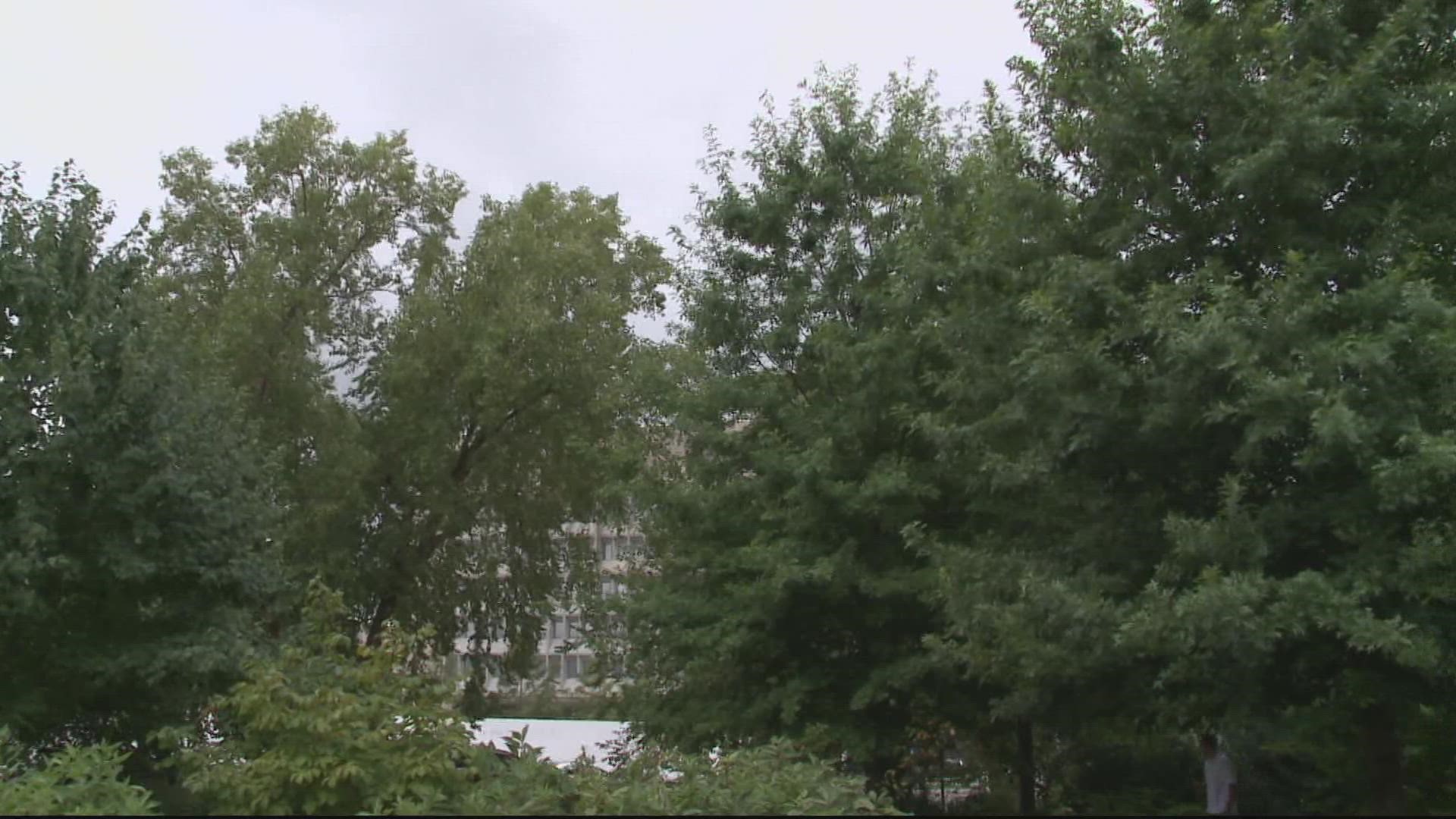WASHINGTON — A recent, first-of-its-kind, study assessing every kind of tree native to the United States found that 11% to 16% of trees are threatened with extinction.
The study was done across the lower 48 United States over the past five years. It was a collaboration of multiple different organizations throughout the U.S. and even a few global contributors. The result was a better understanding of the state of our native trees and a starting point to work off of to protect them.
"We can't protect what we don't know about," said Susan Pell, Executive Director of the United States Botanic Garden. "And so we really have to have a baseline of understanding of what things are at risk."
Researchers studied the extinction risk, patterns of geographic and taxonomic diversity and leading threats facing tree species. The most common threat is invasive and problematic pests and diseases.
“As we have warmer climates, in our northern parts of our country, we see some of these invasive insects being able to go further north to attack more trees,” explains Pell.
Take for example the Emerald Ash Borer first found in Michigan.
"The early projections when it was first discovered were that it wouldn't make it to Canada. And now with climate change, projections are going to become more widespread in Canada and certainly in the United States," Pell said.
Additional climate change threats include worsening drought conditions in parts of the country, intense- widespread wildfires and more intense storms with heavy rain. Other stressors for trees include development and agriculture.
“What we’ve identified are the species that are most at risk," Pell said. "And we're also looking at some habitats that are most impressive some of these areas and coastal environments, for example, that are under threat for development, and thinking about ways that we can conserve plants, both from a land perspective but also looking at what can we do for individual species that are really at risk."
One thing they can do is, naturally, protect their habitat. They are also working to put at risk trees in living collections -- places like botanic gardens and arboretums. Through the study, researchers found that there are currently 17 species of trees not found in living collections that need to find a new home.
One example is the Franklin Tree, also known as the Franklinia, that is native to the state of Georgia.


It was collected in the 1800s and never seen again in the wild. Now, it's found in over 100 living collections. An encouraging success story when you consider what is at risk if we lose threated trees.
"Our livelihood is the environment," Pell said. "Trees are one of the most important organisms, when it comes to our health of our natural environments here in the United States."
To ensure the continued protection of endangered tree species, researchers intend to redo this assessment about every 10 years to make sure that they have the most up to date information about the risks and the threats that these species are facing. If you’re interested in learning more about the completed research, just click here.

